Traces of the border period
Several traces of the border period can be seen in and around the churches (i.e. kirker) in Seem, Spandet and Roager
In the churches of Seem, Spandet and Roager you find gravestones of Danish and German-speaking citizens as well as memorials for fallen soldiers from the wars.
Several traces of the border period can be seen in and around the churches (i.e. kirker) in Seem, Spandet and Roager
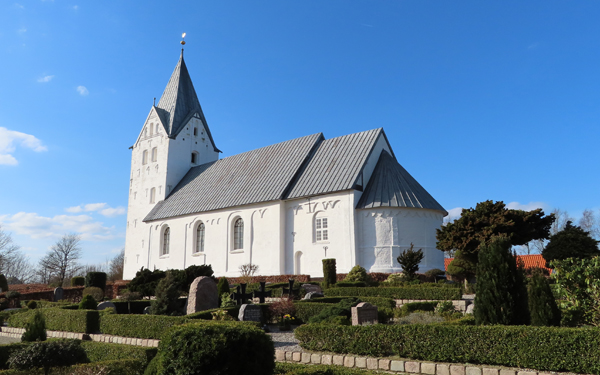 In Spandet Church there is a plaque commemorating 17 Danish-minded soldiers, who were killed during WWI.
In Spandet Church there is a plaque commemorating 17 Danish-minded soldiers, who were killed during WWI.
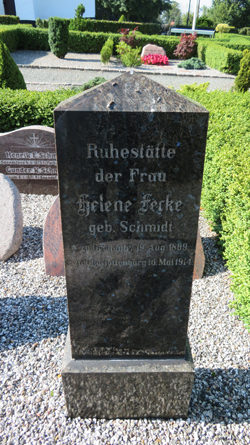
From 1864 to 1920 Spandet Parish was German and in the graveyard there is a gravestone with an inscription in German about Helene Fecke (1869-1914). Foto: Charlotte Lindhardt.
Here lies also the Reverend Wilhelm von Brincken (1845-1928). While he was German-minded when he arrived in Spandet in 1887, he changed positions later on. The Germans conducted several disciplinary cases against him, and in 1905 he took his leave and moved to Ribe.
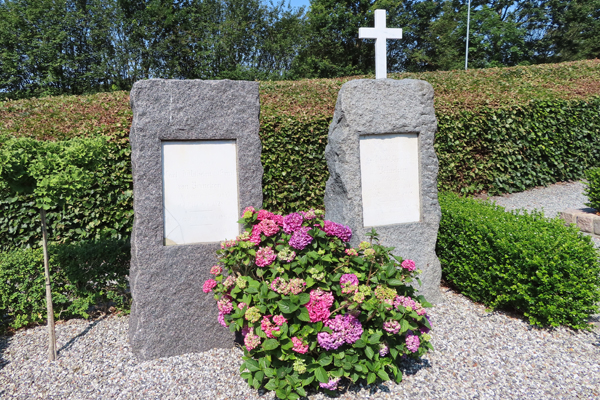
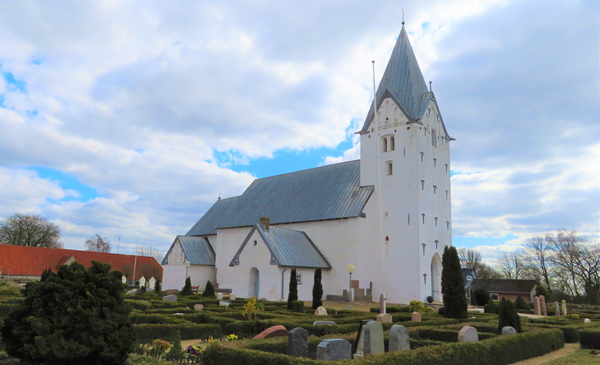
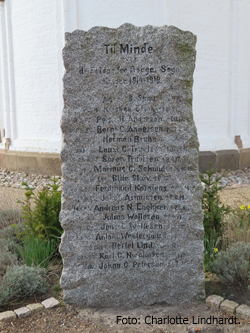 At Roager Kirke, there is a monument in commemoration of 18 locals killed during WWI.
At Roager Kirke, there is a monument in commemoration of 18 locals killed during WWI.
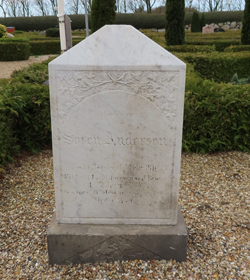 In the graveyard lies farm owner Søren Andersen (1810-1849), who was killed on 22 January 1849 during the Battle of Brøns, where Danish-minded citizens drove German tax collectors away.
In the graveyard lies farm owner Søren Andersen (1810-1849), who was killed on 22 January 1849 during the Battle of Brøns, where Danish-minded citizens drove German tax collectors away.
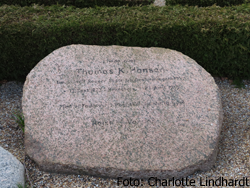
As the Germans hired German teachers, Thomas K. Hansen (1873-1939) was the first Danish teacher in the parish following the Reunification.